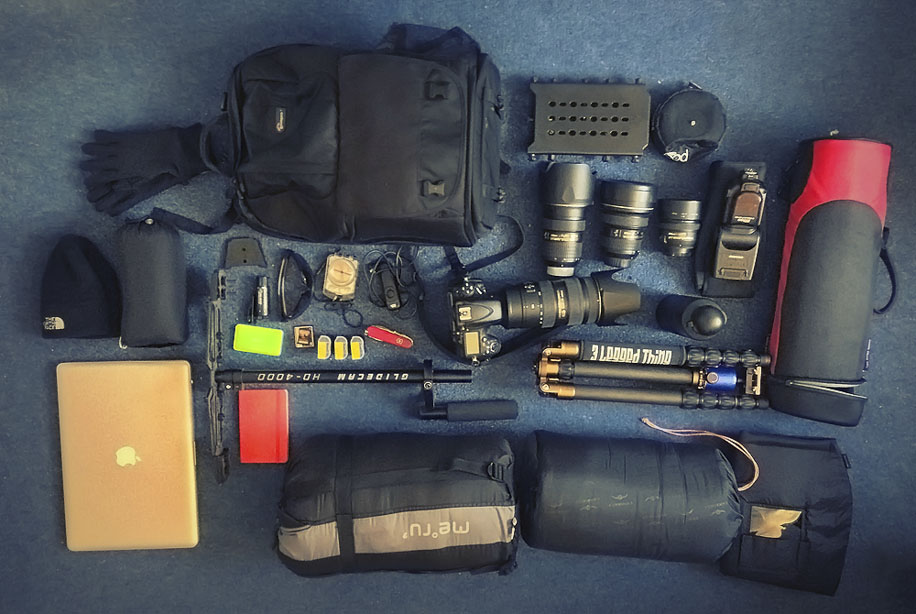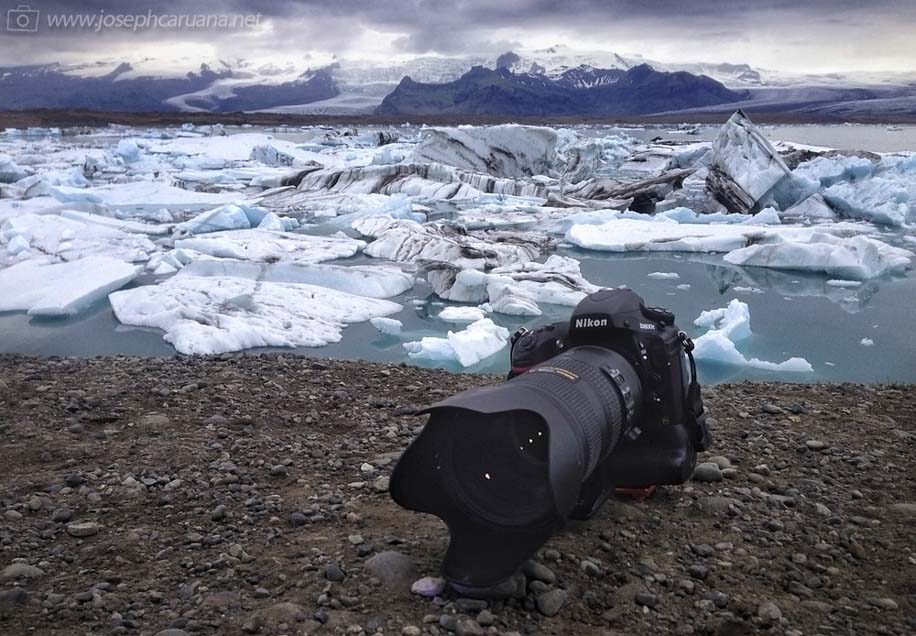
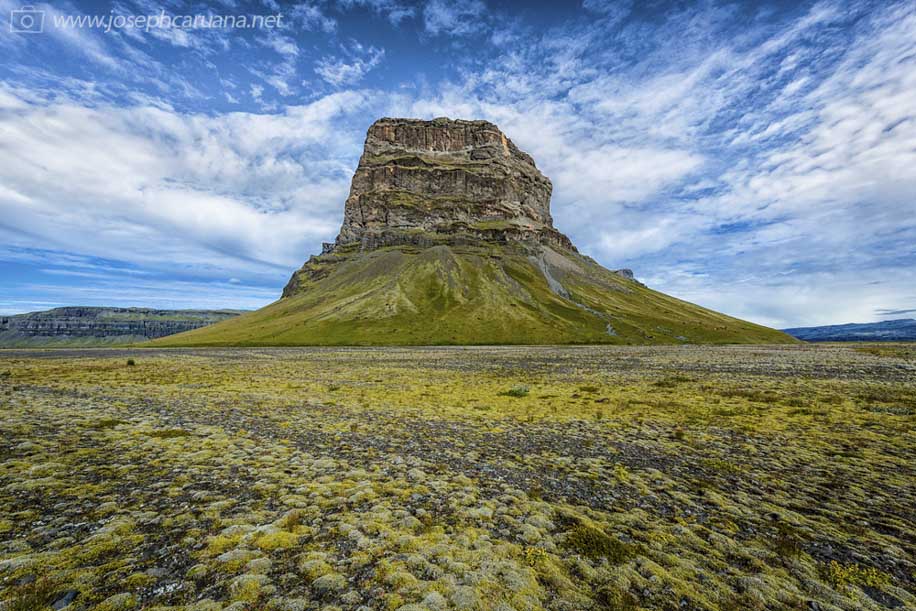
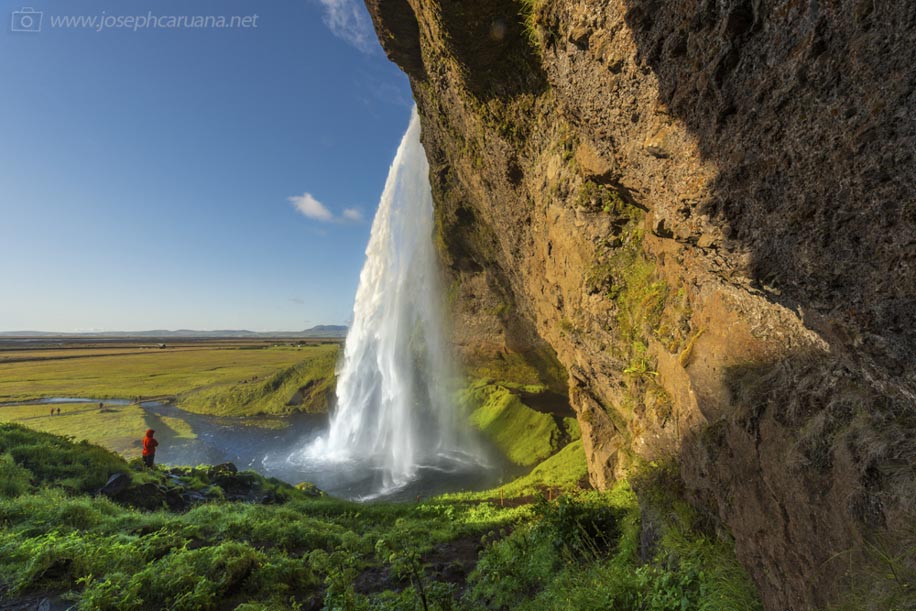
Joseph Caruana (website | Facebook | YouTube | 500px) shares his photographs and experiences during a recent trip to Iceland with the Nikon D800E (click on images for larger view):
Visiting Iceland had been on my bucket list for a very long time. A place full of natural wonders and fantastic scenery, it called both to the scientist and the photographer in me. So when the opportunity came along, I didn’t require any persuasion.
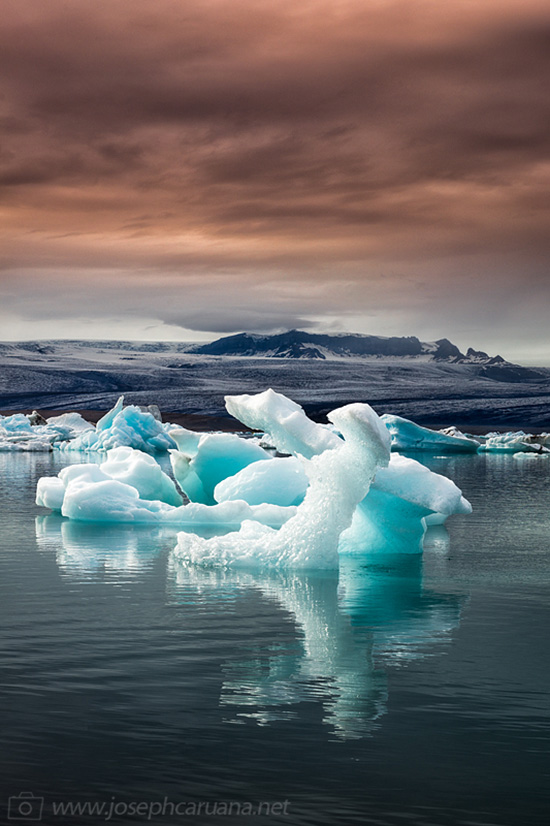
The idea of being outdoors for the whole stay was quite appealing, so we opted for camping. We hired a car to give ourselves the freedom of roaming the place to our hearts’ content, drew up a (not-so-rough) plan of which sites we wanted to visit and when, and three months later we were on our way.
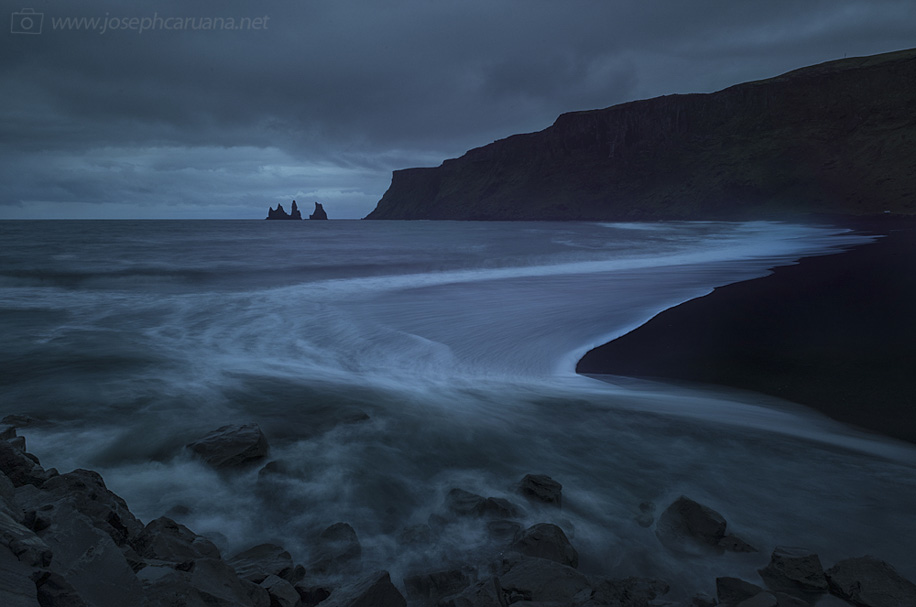
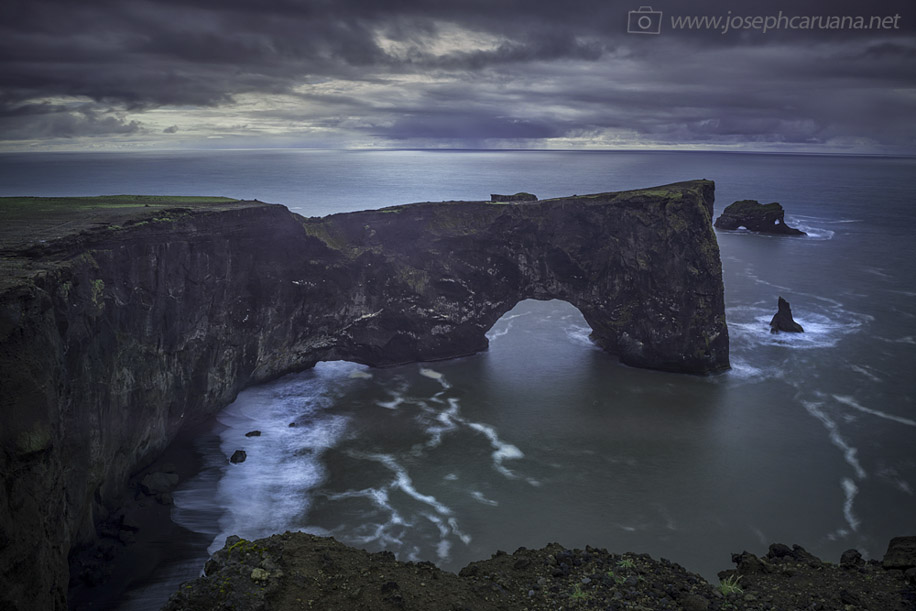
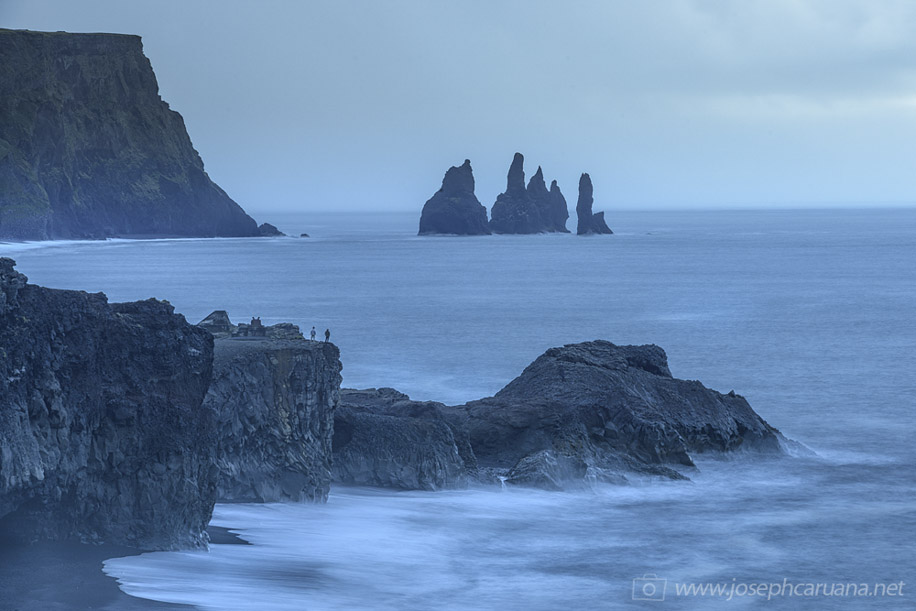
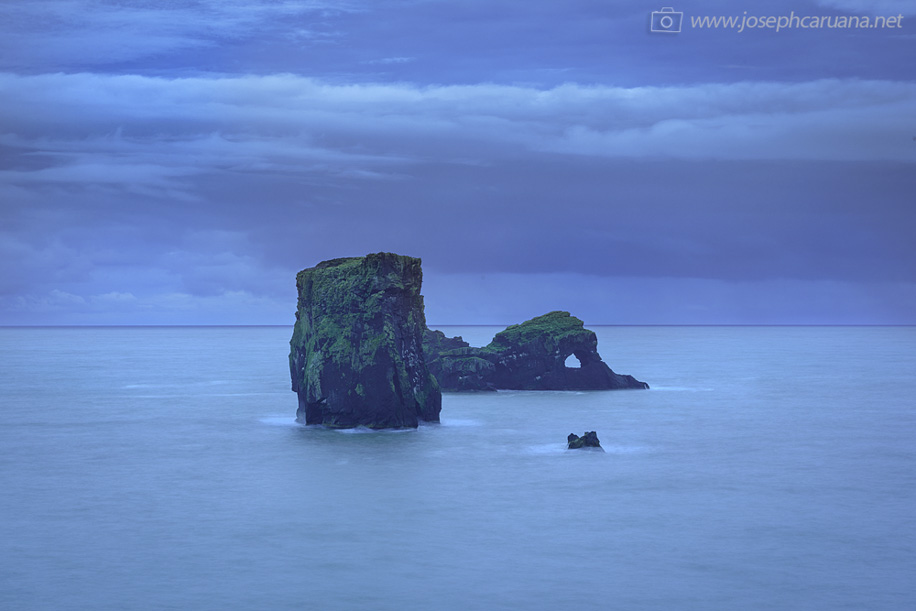
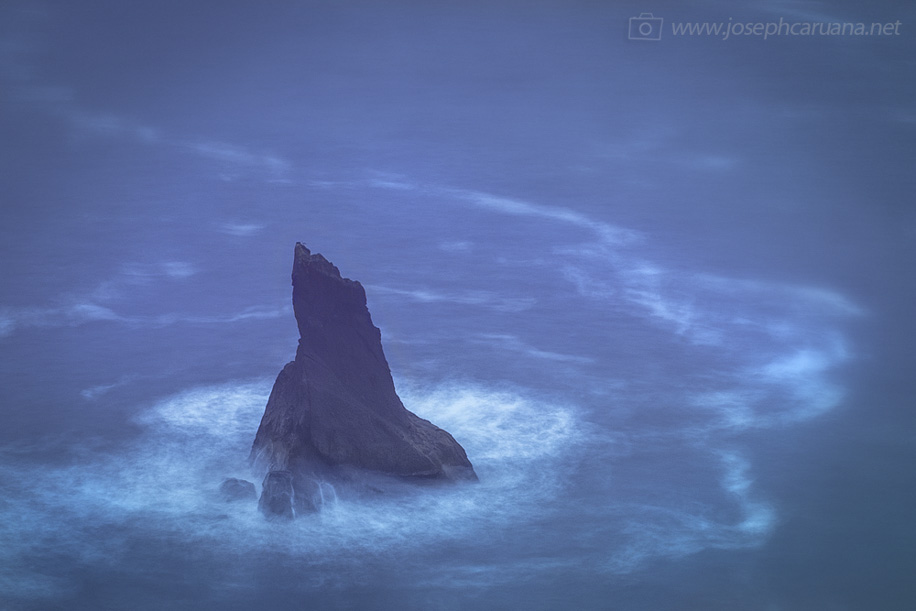
Upon arriving at Keflavik International Airport, we were welcomed by rain and a howling wind. A short walk to the car was sufficient to convince me that if the weather were to stay like this, I’d have to work quite hard to get any decent shots. But while driving to the first planned camping site, it quickly became clear to me that, as expected, the weather here was very variable and changed quite rapidly over both space and time (no physics references intended). I realized that the light here would have to be constantly chased. Indeed, the car would come in very useful later on, when we changed plans a number of times and drove for several kilometres to escape cloudy patches and emerge in beams of sunlight.
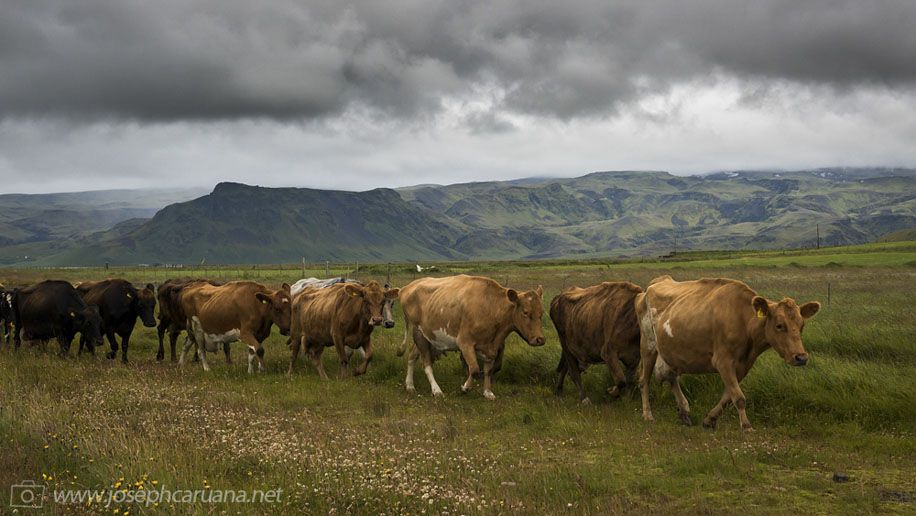
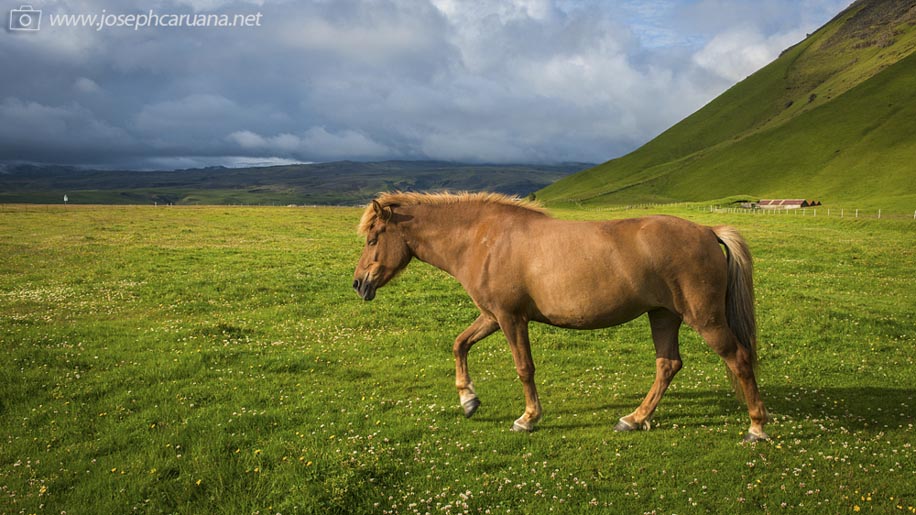
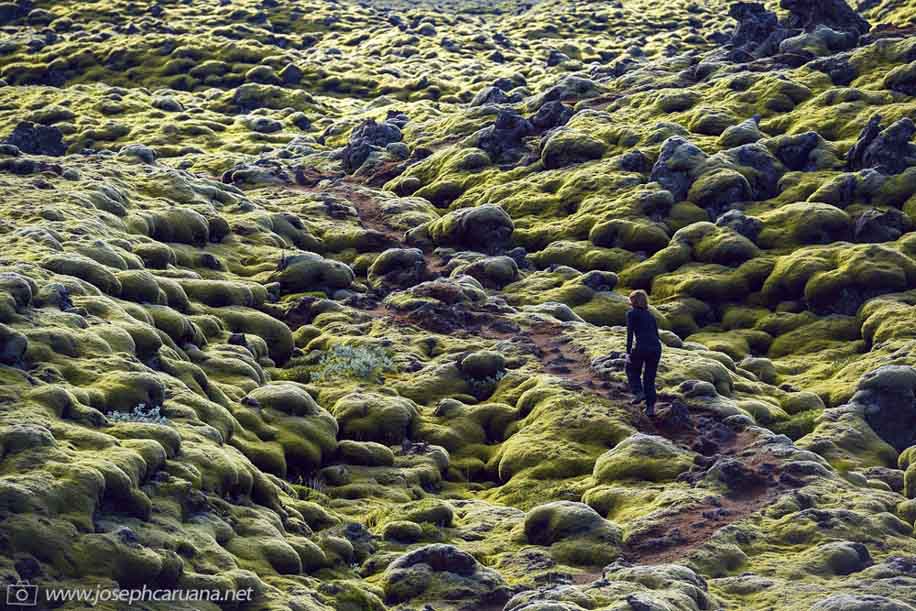
The camera I took with me was my trusty D800E. The list of lenses included the usual suspects: the 14-24mm f/2.8G ED, 24-70mm f/2.8G ED, 70-200mm f/2.8G ED VRII, and 50mm f/1.4G. Way back when I was still trying to decide between the D800E and the D4, I had opted for the former because of its staggering image quality, and in particular its high resolution and superb dynamic range at its base ISO setting. For this latter quality alone in particular, the D800E came into its own while shooting in Iceland. (I should point out that none of the images presented here are HDR.)
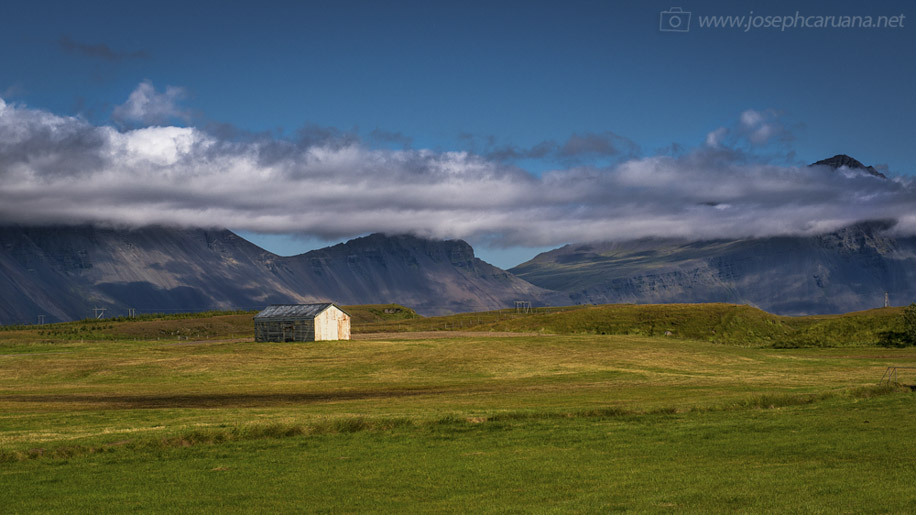
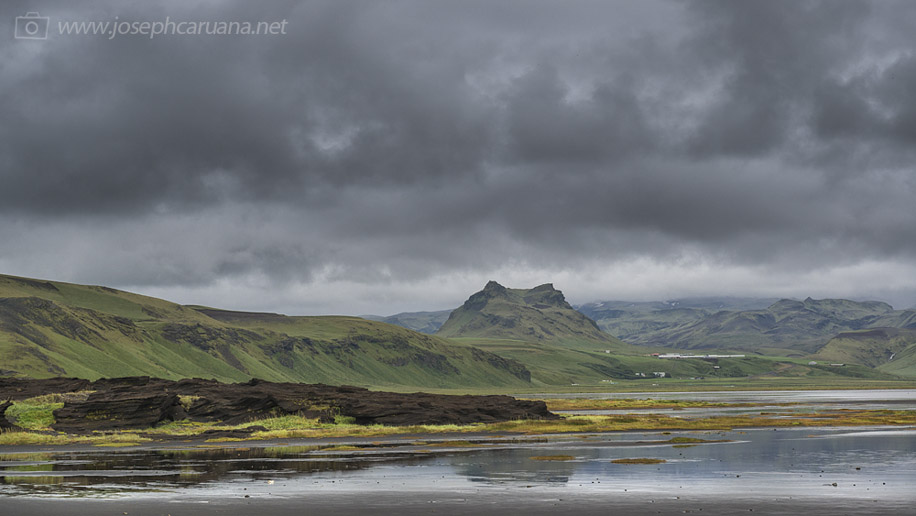
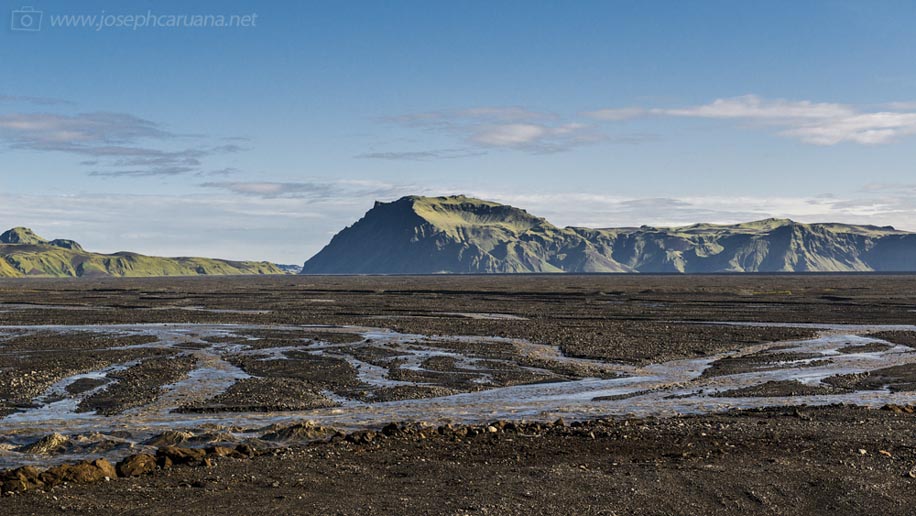
Oftentimes, I was photographing waterfalls at close range (such as when I was shooting Seljalandsfoss from behind, with the sun right in front, a scene exhibiting a very wide range of brightness levels). At this proximity to the waterfall, spray was landing on my 14-24mm’s bulging objective at such a rate that I had to turn around and wipe the lens dry after barely a single shot, as the rest would all be spoiled by out-of-focus water droplets. (A piece of advice: carrying a piece of perspex to shield the lens while composing the picture makes the process much easier. Alas, I didn’t have one with me at the time, so snapping a good shot became quite an ordeal.) Once the lens was exposed to take a picture, I’d rarely get more than one “clean” shot, so acquiring bracketed exposures was out of question. But the D800E’s fantastic dynamic range enabled me to record detail in both the highlights and deep shadows in a single exposure. It goes without saying that I always shoot RAW to have more flexibility in the editing stages. You’d think that one would get used to the camera’s dynamic-range capabilities after months of shooting with it, but back in the digital darkroom, I end up being surprised each and every time at how much detail it manages to record in both extremes of the brightness scale. (Note: If you’re after long-exposure, filtered shots intended to yield silky-smooth waterfall images, then you’ll have to keep a bit of distance to avoid spray. In this case, it’s also a good idea to shoot the same picture quite a few times to enable the removal in post of any water-droplets that might find their way on your lens.)
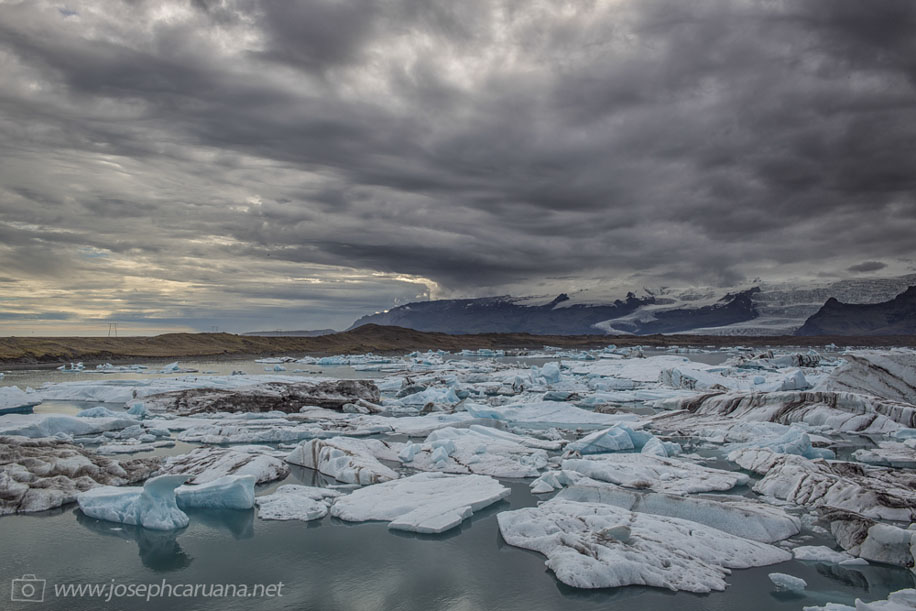
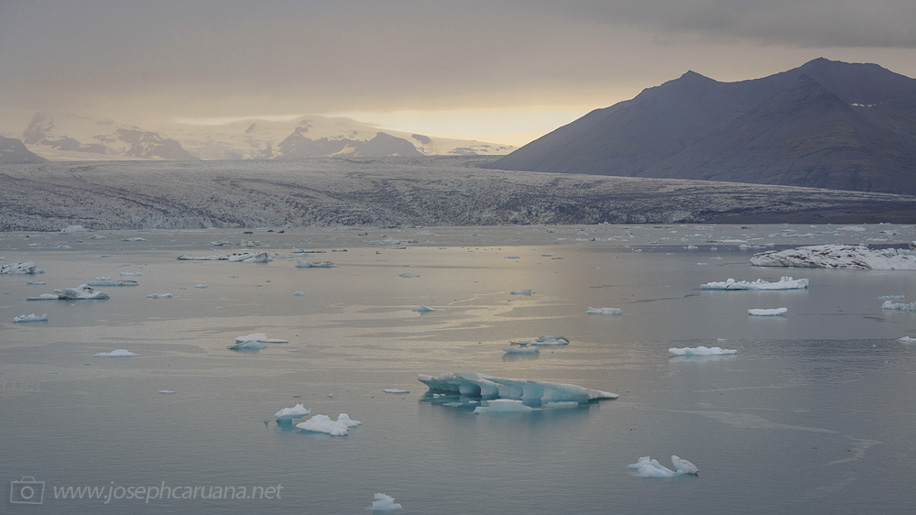
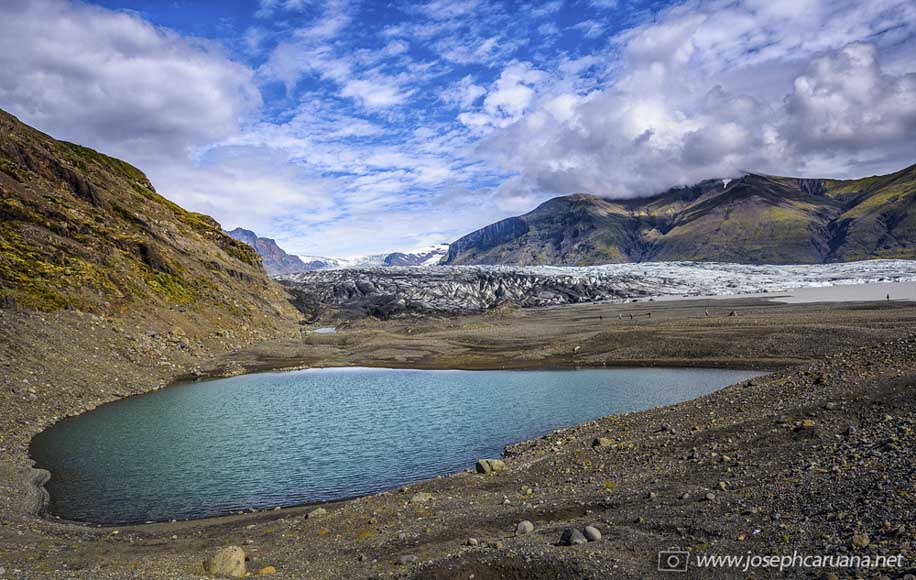

The D800E’s great performance at higher ISOs was very useful in a different scenario. Such is the beauty of Iceland that one could literally stop the car to take pictures every few meters. Since that’s hardly practical if one is there on a short trip, the compromising solution is to keep taking pictures even when the car is moving, if you’re not the one doing the driving, that is! Needless to say, this is not going to give you a technically perfect image, most especially with a sensor as discriminating as that of the D800E. But faced with the prospect of having a decent (if not so perfect) picture or no picture at all, I always opt for the former. In such situations, turning up the ISO to enable the use of sufficiently small aperture settings (to achieve reasonable depth of field) without visible motion-blur worked pretty well. And once again, I was very happy with the dynamic range offered, even at these higher ISOs.
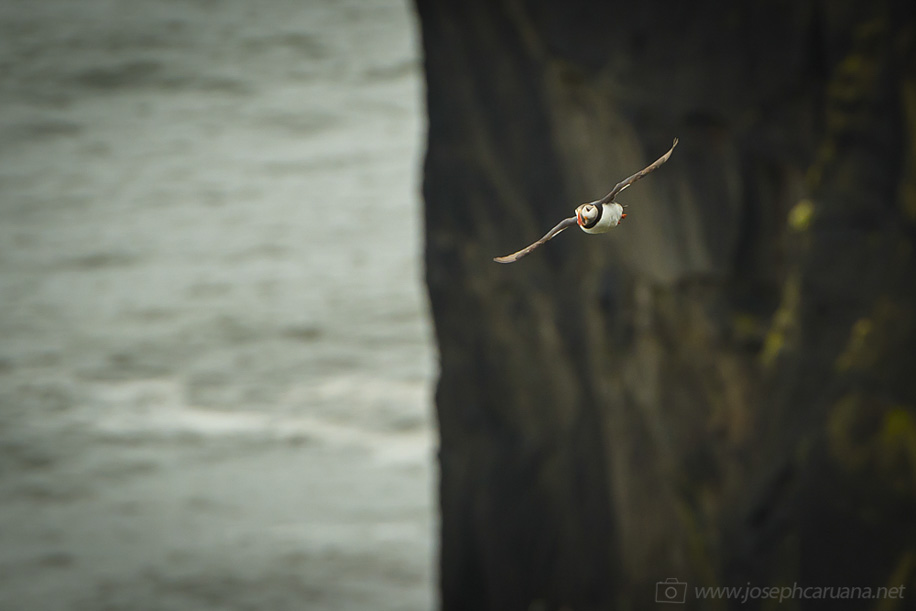
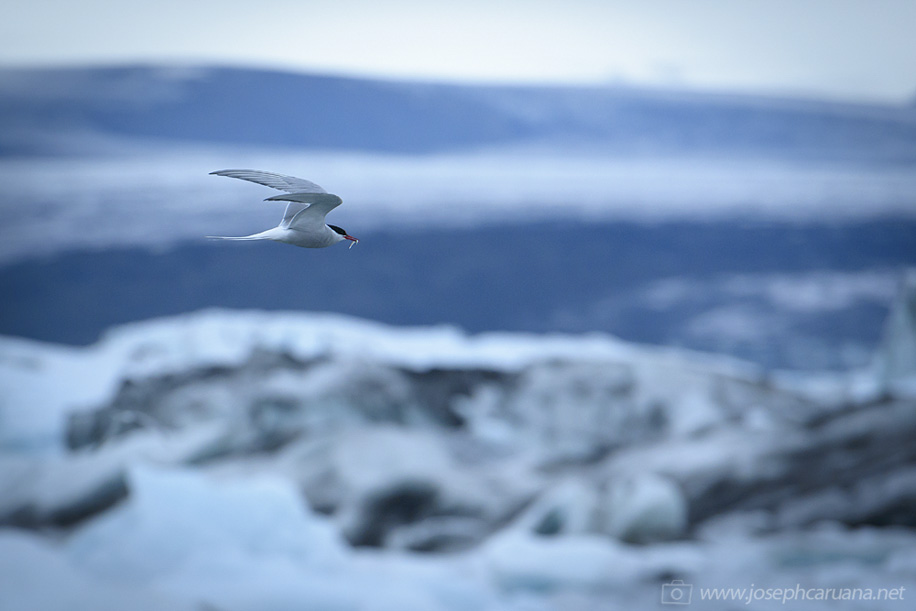
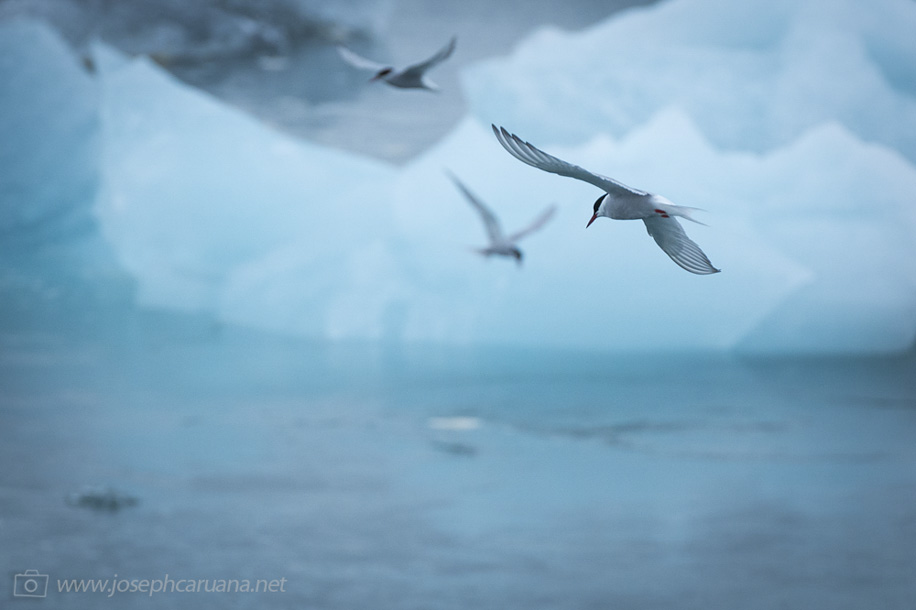
Well, I thoroughly enjoyed my stay in Iceland and would only wish that other photographers who might be thinking of potentially visiting the place have the same memorable experience. So I thought I’d list a few tips which might come in useful (they also apply in general). Here they go:
Prepare for the worst
Mentally prepare yourself for the very real possibility of constant rain and bad weather. It is all too easy to get very excited about prospective photos you’ve planned well in advance, only to get there and realize that the sun is nowhere in sight. So be prepared to make the most of whatever weather conditions Iceland might throw at you. Most of the time, I was getting myself and the equipment completely drenched. Having said that, the weather in Iceland can change quickly and dramatically, so always be on the lookout for brief windows of opportunity. If you can gain access to a weather forecast (especially a short-term forecast), all the better. Sometimes, you might have to drive for a couple of hours (or more) to chase some clear patch of sky since it might be amazingly clear in one place whilst being completely clouded over a couple of hundred kilometres away. But most importantly, remember that rain or shine, you have to get out there. There is one thing that will guarantee you no shots: staying indoors (or in your tent). So if the rain is pouring and the wind blowing, well, sometimes you just have to suck it in and head out anyway.
The lens-cleaning cloth is your best friend
Bring with you MANY lens-cleaning cloths. Trust me when I say that your lenses will keep getting wet, be it from rain or waterfall spray, and your lens cloth will become wet and useless pretty quickly. Make sure you have plenty others tucked away in your bag. Also, take with you a few plastic bags (or even better, a proper camera cover) to protect your gear from rain while still allowing you to shoot.
Take plenty of memory cards and batteries
There’s no such thing as having too many of these. I don’t think I ever took as many pictures in so short a time – and D800 files eat up memory cards very rapidly. So ample memory and power are a must.
Plan your shots in advance
This has been said before, but it’s worth repeating here. Some pictures can be planned well in advance. If you know where the sun will be in respect to your subject, you can make sure that you get there during the best time. (And if you happen to be clouded over, then it’s time to improvise.) A free tool which you might find useful to plan your photography is The Photographer’s Ephemeris. I normally use this tool in conjunction with Google Earth to plan my photography.
Ignore your plans every now and then
Take a random detour. Some of my favorite pictures were snapped where I least expected them. Spontaneous decisions to head down some route off the beaten path rewarded me with some of my favorite images.
Less is more
It is often the case that when you are surrounded by vast, beautiful landscapes, you will want to somehow capture it all. Be disciplined with yourself. Remember that including everything in your frame will not make for a better picture. If you have a persistent inkling to get a super wide-angle shot that captures most of what you see, well, then for heaven’s sake go ahead and do it to get rid of the distraction – and then focus on what’s important.
Keep warm
This one is pretty obvious, but I’ll list it here nevertheless. Don’t even think about visiting Iceland without some proper waterproof clothing and hiking shoes/boots. If you get wet, not only is it a very unpleasant feeling, but it’s quite likely that you will become careless and your photography will suffer too. Also, make sure to take some thick clothes with you, even if visiting during Summer. It can get quite chilly, especially when approaching glaciers (and obviously, at night). The layers system is the one I found to work best. One of the worst feelings in the world for a photographer is to be forced to leave an awesome location simply because it’s too cold. So keep yourself dry and warm.
Stay safe
Keep your own safety in mind. It’s easy to get very excited about a potential photo opportunity, in the process forgetting where you’re placing your feet. When shooting from cliffs in particular (be it for wildlife or landscapes/seascapes), whenever possible I insist on first finding a place from where I can get a view of the whole cliff wall right at the spot where I’ll be setting up my tripod. That way I can tell whether the spot I’ve eyeballed happens to be a flakily protruding bit which could end up falling under my weight. Indeed, this has potentially saved my skin on more than one occasion. As a general rule of thumb, I adhere to the dictum that if you feel something might be too dangerous, it very probably is. So back off before it’s too late!
Forget about the missed opportunities
At some point or other we’ve all missed an opportunity for a fantastic picture. Perhaps we arrived too late, or we weren’t quick enough to draw the camera out, or we didn’t have the right lens with us . Well, it’s no use spoiling the rest of your trip by mulling over the one photograph you’ve missed. There are plenty others to be taken. If you don’t enjoy the rest of your journey and focus on the remaining opportunities, you’re bound to end up way more disappointed in the end. So forget about the missed shots and instead anticipate the many more that lie ahead.
I’ll leave you with those bits of advice, for what they’re worth. In summary, I heartily recommend visiting Iceland if you ever get the chance. It’s a truly magical place and a photographer’s paradise, which I will surely be revisiting soon. Happy shooting!
Partial equipment list
- Nikon D800E
- 14-24mm f/2.8G ED, 24-70mm f/2.8G ED, 70-200mm f/2.8G ED VRII and 50mm f/1.4G
- SB-900 Speedlight (which I didn’t use in the end)
- Hoya NDX400 neutral density filter
- Three Legged Thing ‘Eddie’ tripod
- Bean bag
- Remote release
- Glidecam HD-4000 (which in the end I didn’t use as I focused my attention entirely on photography)
- Plenty of memory cards and batteries
- Apple Macbook Pro (I was backing up pictures on the fly and occasionally having a quick look in the evening at some of the pictures of the day)
- Compass, swiss knife, torchlight, notebook
- Rain-cover for camera
- Lowepro Fastpack 350 and separate raincover
- Warm clothes, thermals, hiking boots, gloves, cap, etc.
- Camping essentials (sleeping bag, mat, etc.)


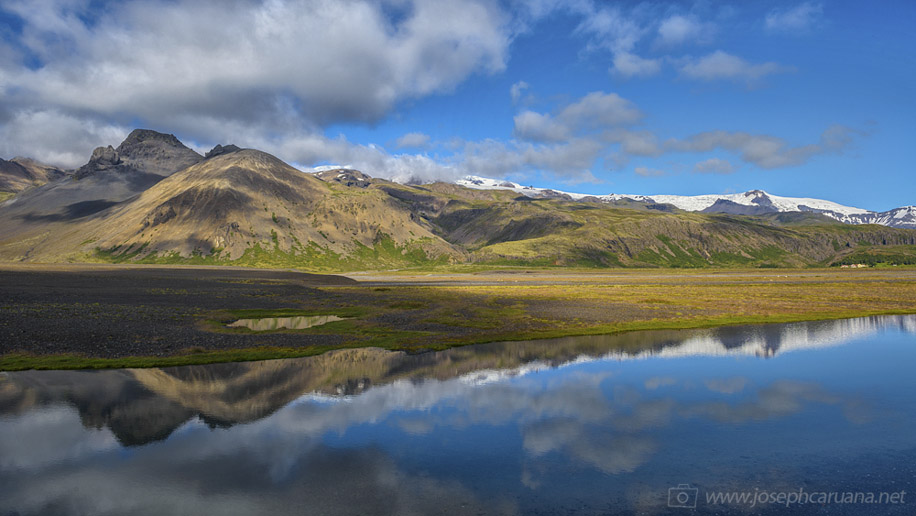
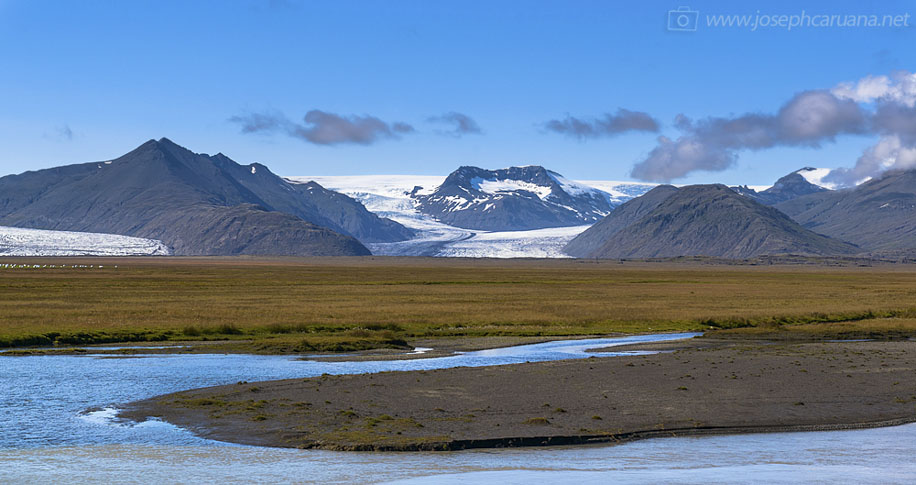
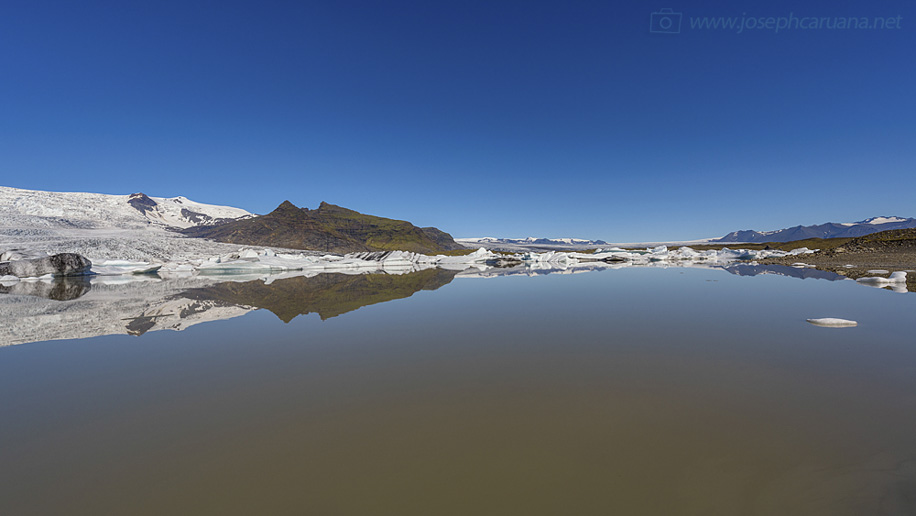
If you have an interesting idea for a guest post, you can contact me here.
